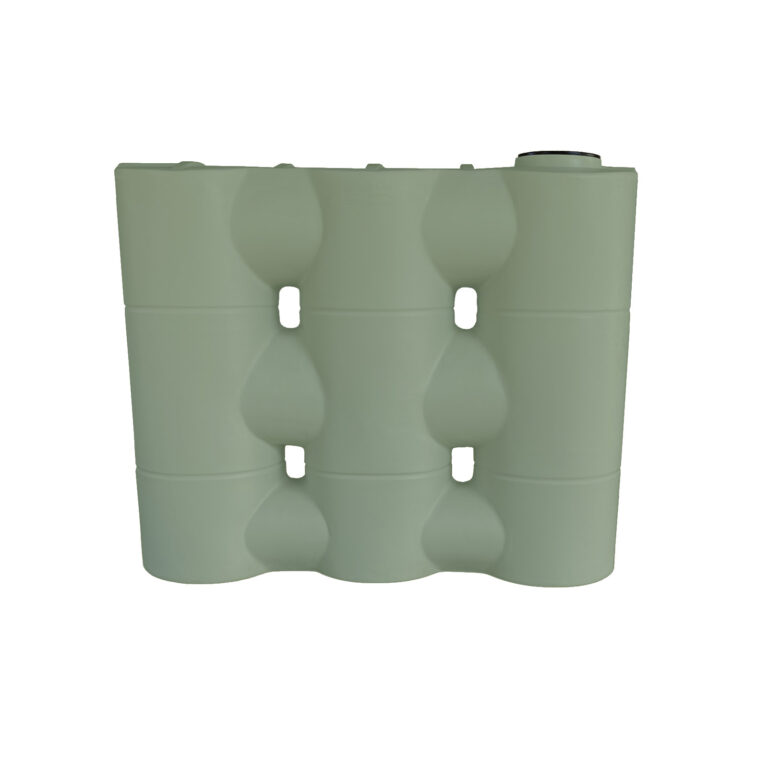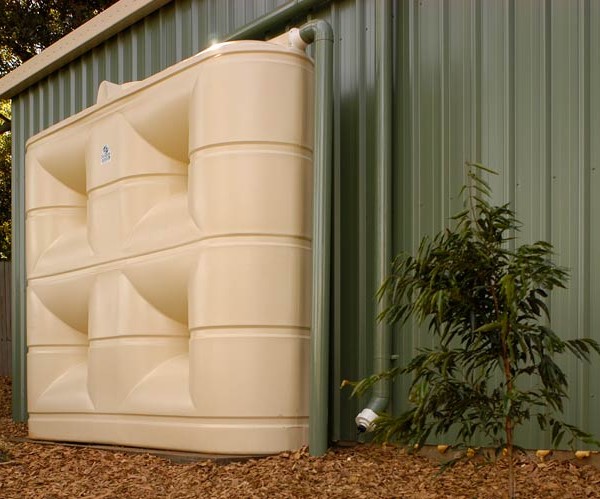Trusted Slimline Water Tanks: Optimize Your Water Storage Space Ability
Trusted Slimline Water Tanks: Optimize Your Water Storage Space Ability
Blog Article
Revealing the Conveniences of Rain Tanks in Decreasing Water Costs and Ecological Impact
In a world where sustainability and cost-efficiency are progressively crucial, the application of rainwater tanks provides a functional and eco aware solution. The benefits of integrating rainwater storage tanks right into property or business residential or commercial properties prolong beyond simple water expense decreases. By checking out the diverse benefits of such systems, one can discover a riches of understandings right into exactly how they add to a much more sustainable future while positively affecting both financial resources and the environment.
Price Financial Savings Through Rainwater Tanks
When considering the implementation of rain containers, substantial expense financial savings can be accomplished through efficient water management techniques. Rain gathering uses a sustainable solution that not just lowers water costs however likewise minimizes the strain on metropolitan water sources. By catching and storing rain for different non-potable uses such as irrigation, commode flushing, and washing, homes and businesses can significantly lower their reliance on treated water from the grid, bring about considerable cost financial savings gradually.
Among the key cost-saving benefits of rainwater tanks is the decrease in water utility costs. By using harvested rain for activities that do not call for drinkable water, such as sprinkling gardens or cleaning autos, people can reduce their overall water usage from the mains supply, leading to decreased water costs. Furthermore, rain tanks can aid reduce the influence of water limitations or dry spells by offering a different water source for crucial tasks, making certain continuity in water without incurring extreme costs. In general, spending in rainwater storage tanks can lead to long-lasting economic savings while promoting water preservation and sustainability.

Environmental Impact Reduction
Applying rain storage tanks not just results in price financial savings but also adds substantially to decreasing the environmental influence connected with water usage. By capturing rain that would or else escape right into storm drains pipes, rainwater tanks aid reduce pressure on traditional water resources like rivers and reservoirs. This lowered need for municipally treated water brings about energy financial savings and a reduction in the carbon footprint connected with water treatment and circulation processes.
In addition, utilizing rain for tasks such as gardening, irrigation, and cleaning minimizes the need for utilizing treated water for non-potable functions. This preservation of drinkable water aids in protecting water sources for necessary usages and reduces the energy-intensive procedures involved in treating water to fulfill drinking criteria.

Water Costs Decrease Perks
The setup of rainwater containers uses considerable financial benefits with reductions in water costs. By gathering and keeping rainwater for various house utilizes, such as watering yards, flushing commodes, or doing washing, property owners can significantly lower their reliance on the municipal water. This, consequently, leads to a recognizable decrease in water consumption from standard sources, causing lower water costs at the end of each invoicing cycle.
Rainwater is a complimentary and lasting resource that can supplement and even change the requirement for utilizing cured water for non-potable purposes. Consequently, households with rainwater containers can see a considerable reduction in their general water expenses in time. In addition, throughout periods of water restrictions or drought, having a rain container can provide an important alternate water resource, more reducing the reliance on costly local water products.
In significance, buying a rainwater tank not only contributes to ecological preservation yet additionally supplies tangible financial benefits by reducing water bills and promoting long-term cost savings for property owners.
Lasting Water Administration Solutions
Provided the monetary benefits and decreased reliance on municipal water supplies that rainwater tanks provide, exploring lasting water monitoring options comes to be a rational next step for homeowners looking to maximize their water use. Lasting water administration involves executing methods that efficiently and sensibly use water resources while reducing wastage and environmental impact. Rain harvesting, which includes gathering and keeping rainwater for later usage, is a crucial component of lasting water monitoring. By using rainwater have a peek at this site containers to catch and store rain, house owners can decrease their reliance on traditional water resources, such as community supplies or groundwater, hence contributing to water preservation efforts.

Along with rainwater harvesting, lasting water management services may include carrying out water-efficient devices, components, and landscape design techniques - Slimline water tanks. Mounting low-flow commodes, showerheads, and taps can significantly reduce water consumption within homes. Incorporating drought-resistant plants and utilizing smart watering systems can aid decrease water use for outside check my reference landscaping. By embracing these sustainable water management strategies, homeowners can not just maximize their water use however also contribute to ecological preservation and minimize their water bills in the future.
Neighborhood Water Resource Preservation

Moreover, community participation can include the execution of water-saving modern technologies and techniques on a bigger range. Motivating the adoption of rainwater tanks, greywater recycling systems, and efficient watering approaches within communities can cause considerable reductions in water consumption. In addition, cultivating a feeling of collective responsibility for water preservation can advertise sustainable behaviors and techniques amongst neighborhood members.
Furthermore, area water resource conservation initiatives can lead the way for more powerful bonds amongst locals and a shared dedication to environmental stewardship. By collaborating to secure and preserve water sources, communities can contribute considerably to a see post much more lasting and durable future.
Final Thought
To conclude, rainwater tanks supply considerable cost financial savings, environmental benefits, and add to lasting water management remedies. By minimizing water bills, preserving water sources, and decreasing environmental impact, rain tanks play a crucial function in advertising water conservation and sustainability - Slimline water tanks. Their execution not just benefits private households yet also adds to the broader goal of area water resource administration and preservation
Report this page